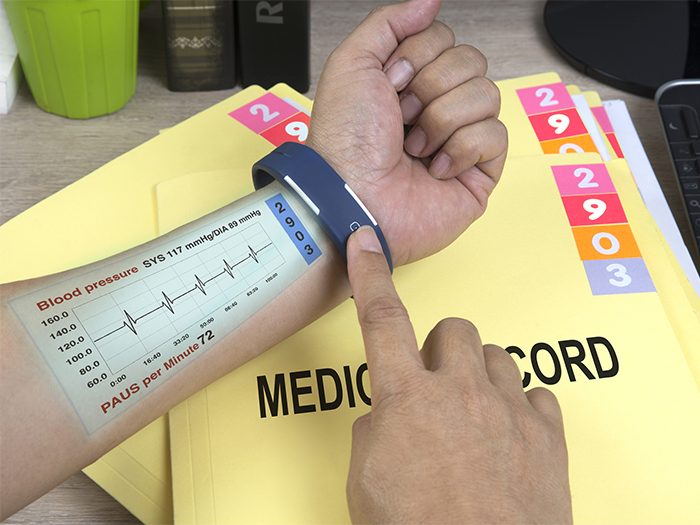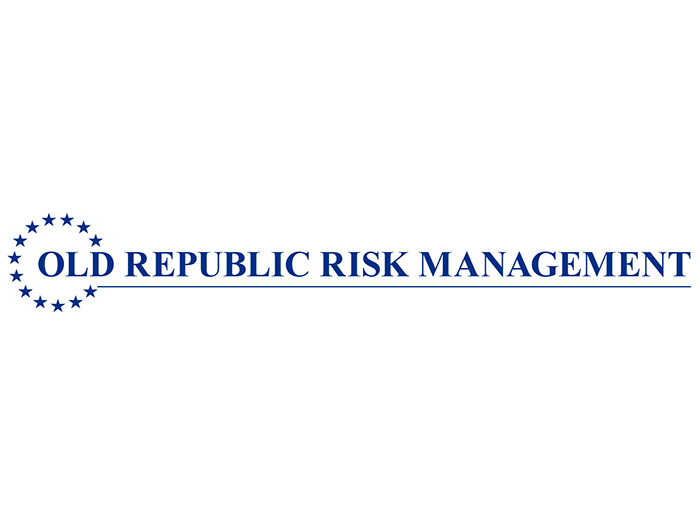2017 NWCDC
The Promise of Wearable Tech

Wearable tech is not just for fitness enthusiasts anymore. The same smart technology that tracks your steps now has workplace applications in safety promotion, claims management, production and efficiency, and return to work.
Presenters on the topic at the National Workers’ Compensation and Disability Conference & Expo in Las Vegas on Wednesday said the small devices are being used to collect real-time data on how employees move their bodies while doing their job tasks. That data is then analyzed to identify what’s working and what’s not and then guide evidence-based decision-making in the design of workplace functioning. The potential outcome is something to get excited about: improved worker safety and reduced workers’ compensation costs.
Wearable tech provides many opportunities to improve employee safety said Thomas Ryan, senior principal, integrated casualty consulting at Willis Towers Watson.
For example, tech worn by fire fighters can alert them to dehydration and fatigue and construction workers are alerted to danger by sensors on their hard hats.
Communication is critical when implementing a wearable tech program. A common misconception, especially among employees, is that tech is used to spy on employees said Michael Skorup, Sales Consultant at dorsaVi. In reality, the focus is on developing practices that improve employee safety and consequently save employers money.
“You need to put employees front and center in a wearable tech program,” said Skorup. “If you are transparent and take the time to show them the safety advantages you can earn their buy in.”
He noted that by clearly showing the impact on worker safety he’s even had success in union shops which traditionally can be more difficult to navigate.
“You need to put employees front and center in a wearable tech program. If you are transparent and take the time to show them the safety advantages you can earn their buy in.” — Michael Skorup, sales consultant, dorsaVi
As with any new technology, wearable technology can present challenges. For example, legal issues and HIPPA compliance are often without precedent and require strong collaboration among many departments within a company.
But a thoughtful wearable tech program has great potential to protect people and the bottom line, so knowing that, companies are wise to consider it. &











